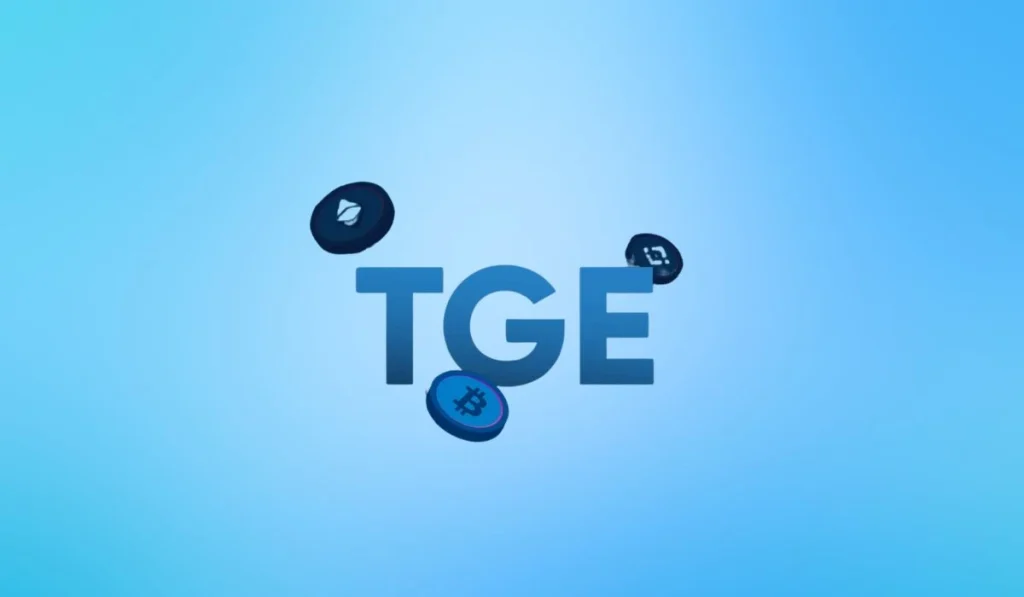Introduction
In the dynamic world of cryptocurrencies, understanding key terms and events is essential for both experienced and new investors. Two terms often used interchangeably are TGE (Token Generation Event) and ICO (Initial Coin Offering). This article explores the nuances between these concepts and provides a detailed guide to navigating a TGE, along with tips for creating a strong tokenomics project.
Are TGE and ICO the Same?
Definition of TGE
A Token Generation Event (TGE) is a time-limited event where a cryptocurrency token is created and issued on a blockchain-based network. TGEs can occur through various means such as public sales, private sales, ICOs, or Initial DEX Offerings (IDOs). The primary objective of a TGE is to raise funds for a blockchain project, after which the startup uses the funds to develop and launch the platform.
Definition of ICO
An Initial Coin Offering (ICO) is a fundraising method where new cryptocurrencies or tokens are sold to early investors before the project is fully launched. ICOs are similar to Initial Public Offerings (IPOs) but involve digital tokens instead of shares. However, ICOs often face stricter regulatory scrutiny compared to TGEs, which can offer tax advantages and reduced regulatory oversight.
The Significance of Token Generation Events
Role in the Cryptocurrency Ecosystem
TGEs are crucial for blockchain projects to secure funding and generate excitement in the crypto community. Investors get an opportunity to support new projects and potentially benefit from token appreciation.
Key Steps to Launch a Successful TGE
- Build Tokenomics
- Develop a solid economic model for token issuance, distribution, and management.
- Decide on token supply, allocation, and mechanisms like token destruction to manage supply and demand.
- Choose the Right Platform
- Select a blockchain platform such as Ethereum, Binance Smart Chain, or Polkadot based on factors like gas fees, transaction speed, and security.
- Develop and test a smart contract to govern token distribution and management.
- Perform a Smart Contract Audit
- Conduct a thorough audit to ensure security and reliability.
- The audit process includes high-level analysis, automated testing, manual code review, peer review, and an audit report.
- Whitelisting and Marketing
- Establish a whitelist to manage participant approval and prevent bots.
- Market your TGE through platforms like Twitter, Discord, and Telegram, and list your team on LinkedIn for increased trust.
Balancing the Pros and Cons
Benefits of TGEs
- Access to global investors
- Lower investment barriers
- Increased community engagement
- Improved liquidity
Risks and Considerations
- Regulatory uncertainty
- High-risk nature of cryptocurrencies
- Potential financial losses if the project fails
Conclusion
While TGEs and ICOs share similarities, TGEs offer a more flexible and potentially less regulated fundraising method. Successful execution of a TGE involves careful planning, including designing robust tokenomics, choosing the right platform, and performing a comprehensive smart contract audit. By following these guidelines, developers can set a solid foundation for long-term success, and investors can make informed decisions about participating in TGEs.


